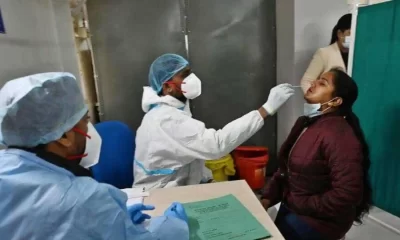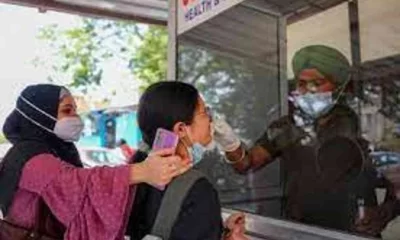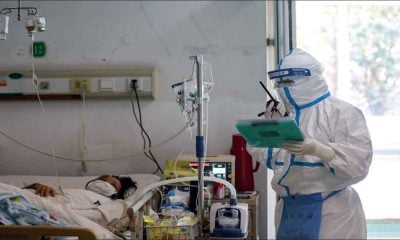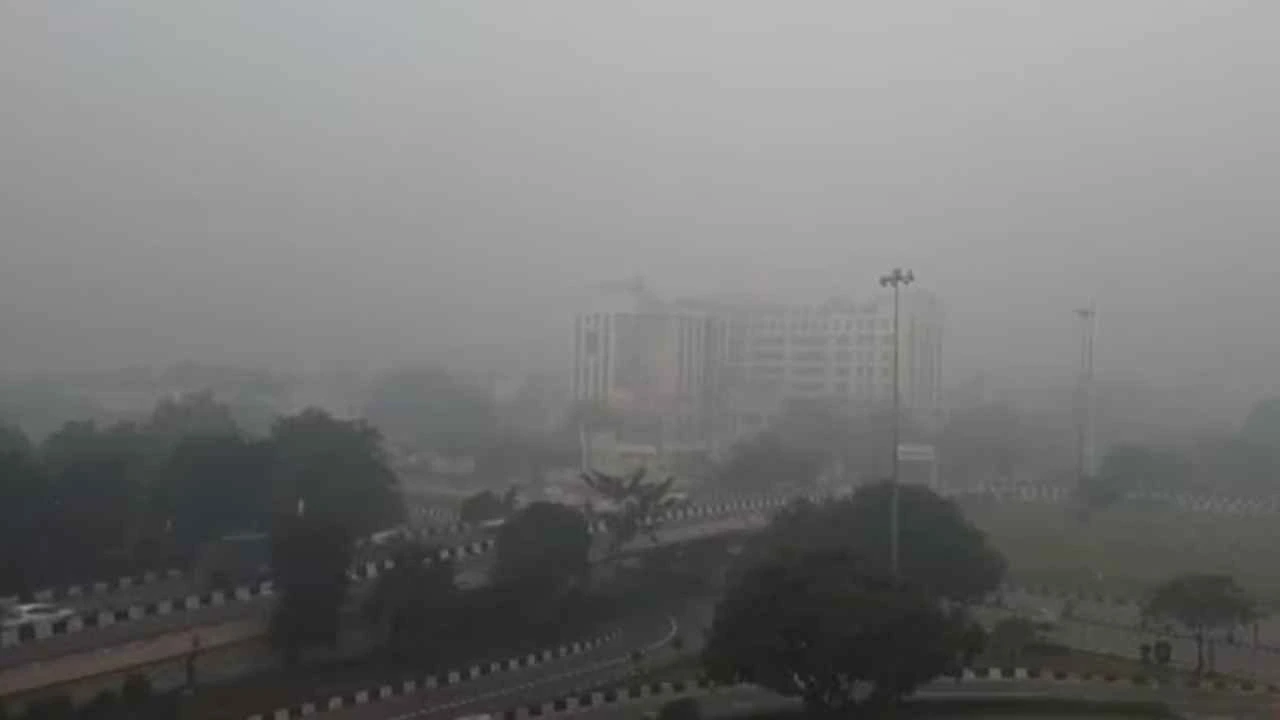India News
Covid-19 vaccination open for all above 45 from April 1
Union minister Prakash Javadekar said that the decision has been taken by the union cabinet on the basis of the advice of the coronavirus task force and experts.

India News
Thick smog engulfs Delhi, flights and trains delayed as air quality slips to very poor
Delhi remained under a thick smog cover as air quality dipped into the very poor category, causing delays in flights and train services due to low visibility.
India News
PM Modi inaugurates India’s first nature-themed airport terminal in Assam
Prime Minister Narendra Modi inaugurates the new nature-themed terminal at Guwahati airport, the largest in Northeast India, built around bamboo, orchids and regional heritage.
India News
Assam train accident: Eight elephants killed after Rajdhani Express derailment in Hojai
Eight elephants were killed after the Rajdhani Express collided with a herd in Assam’s Hojai district, causing multiple coaches to derail and disrupting train services.
-

 India News23 hours ago
India News23 hours agoRahul Gandhi attacks G RAM G bill, says move against villages and states
-
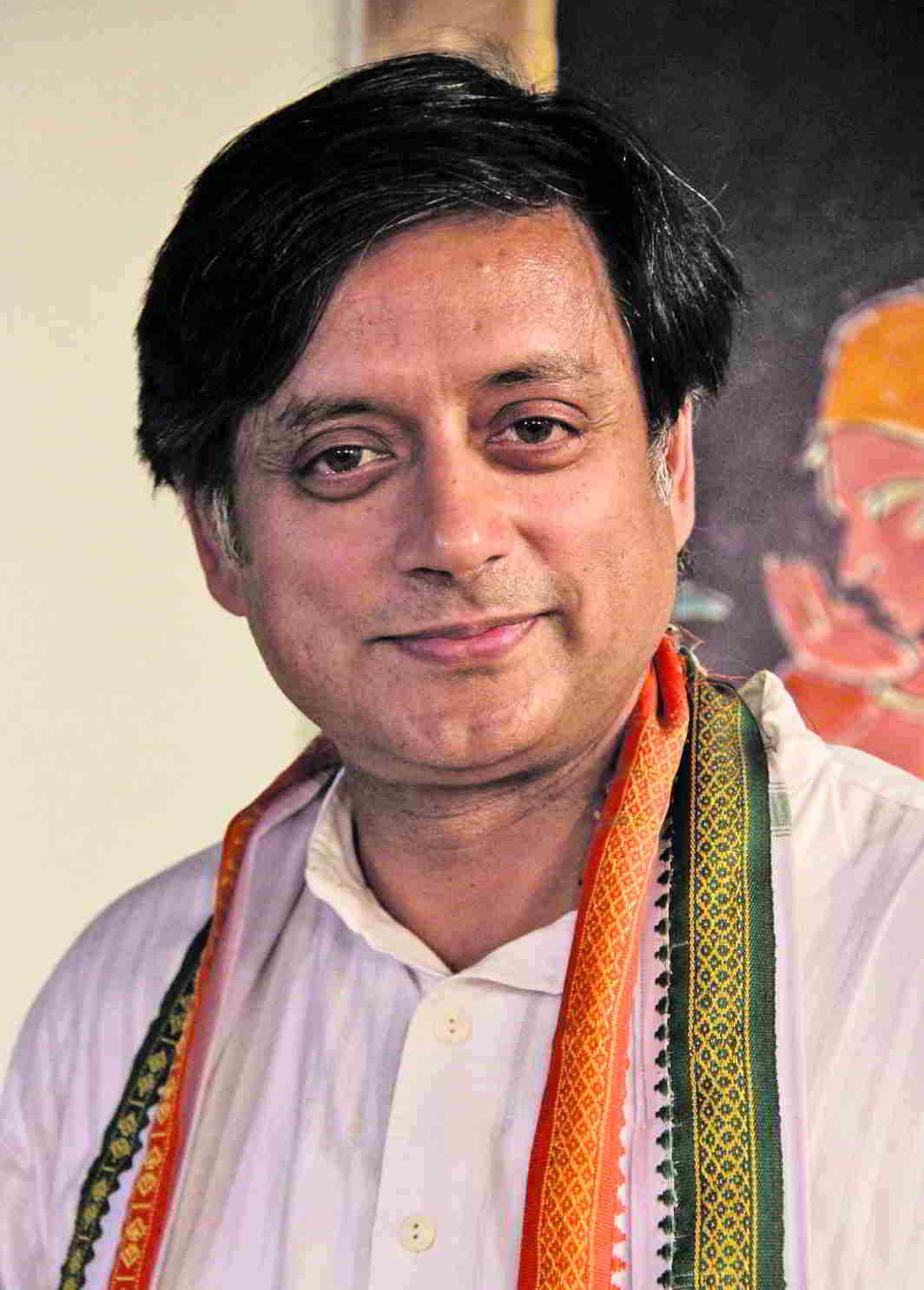
 India News23 hours ago
India News23 hours agoRenaming MGNREGA removes core spirit of rural employment law, says Shashi Tharoor
-
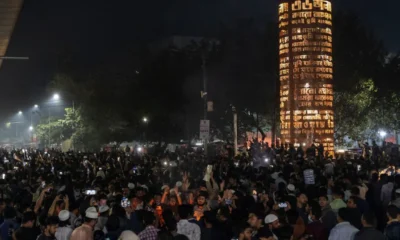
 Latest world news17 hours ago
Latest world news17 hours agoHindu man lynched and set on fire in Bangladesh during anti-India protests
-

 Cricket news15 hours ago
Cricket news15 hours agoIndia vs South Africa 5th T20I: Tilak Varma, Hardik Pandya power India past 230 in Ahmedabad
-

 Entertainment16 hours ago
Entertainment16 hours agoBharti Singh, Haarsh Limbachiyaa welcome second child after she’s rushed to hospital mid-shoot
-

 Cricket news15 hours ago
Cricket news15 hours agoIndia vs South Africa 5th T20I: Samson shines with 37 as India push on after Gill injury
-

 Entertainment16 hours ago
Entertainment16 hours agoOTT and theatrical releases this week: new films and series to watch from December 19 to 26
-
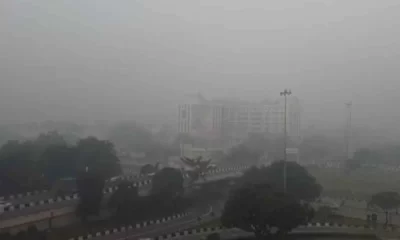
 India News1 hour ago
India News1 hour agoThick smog engulfs Delhi, flights and trains delayed as air quality slips to very poor



